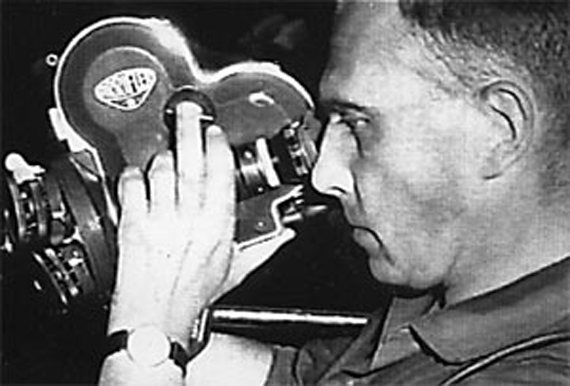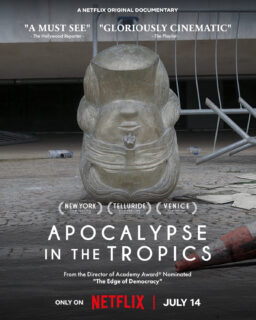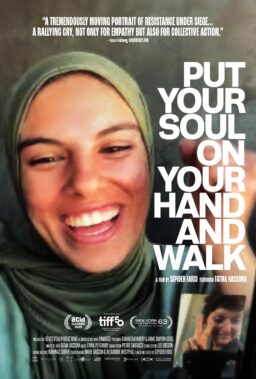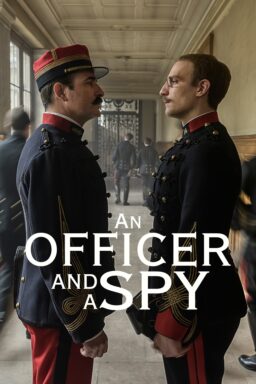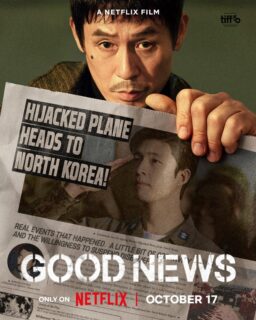While the video essay form, in regards to its practice of exploring the visual themes in cinematic discourse, has seen a recent surge in popularity with viewers (thanks to invaluable online resources like indieWIRE’s Press Play, Fandor’s Keyframe and the academic peer-reviewed journal [in]Transition), its historical role as a significant filmmaking genre has long been prominent among film scholars and cinephiles.
From the start, the essay film—more affectionately referred to as the “cine-essay”—was a fusion of documentary filmmaking and avant-garde filmmaking by way of appropriation art; it also tended to employ fluid, experimental editing schemes. The first cine-essays were shot and edited on physical film. Significant works like Agnès Varda’s “Salut les Cubains” (1963) and Marc Karlin’s “The Nightcleaners” (1975), which he made in collaboration with the Berwick Street Film Collective, function like normal documentaries: original footage coupled with a voiceover of the filmmaker and an agenda at hand. But if you look closer and begin to study the aesthetics of the work (e.g. the prolific use of still photos in “Cubains,” the transparency of the “filmmaking” at hand in “Nightcleaners”), these films transcend the singular genre that is the documentary form; they became about the process of filmmaking and they aspired to speak to both a past and future state of mind. What the cine-essay began to stand for was our understanding of memory and how we process the images we see everyday. And in a modern technological age of over-content-creation, by way of democratized filmmaking tools (i.e. the video you take on your cell phone), the revitalization of the cine-essayists is ever so crucial and instrumental to the continued curation of the moving images that we manifest.
The leading figure of the cine-essay form, the iconic Chris Marker, really put the politico-stamp of vitality into the cine-essay film with his magnum-opus “Grin Without A Cat” (1977). Running at three hours in length, Marker’s “Grin” took the appropriation art form to the next level, culling countless hours of newsreel and documentary footage that he himself did not shoot, into a seamless, haunting global cross-section of war, social upheaval and political revolution. Yet, what’s miraculous about Marker’s work is that his cine-essays never fell victim to a dependency on the persuasive argument—that was something traditional documentaries hung their hats on. Instead, Marker was much more interested in the reflexive nature of the moving image. If we see newsreel footage of a street riot spliced together with footage from a fictional war film, does that lessen our reaction to the horrific reality of the riot? How do we associate the moving image once it is juxtaposed against something that we once thought to be safe or familiar? At the start of Marker’s “Sans Soleil” (1983), the narrator says, “The first image he told me about was of three children on a road in Iceland, in 1965. He said that for him it was the image of happiness and also that he had tried several times to link it to other images, but it never worked. He wrote me: one day I’ll have to put it all alone at the beginning of a film with a long piece of black leader; if they don’t see happiness in the picture, at least they’ll see the black.” It’s essentially the perfect script for deciphering the cine-essay form in general. It demands that we search and create our own new realities, even if we’re forced to stare at a black screen to conjure up a feeling or memory.
Flash forward to 1995: Harun Farocki creates “Arbeiter verlassen die Fabrik,” a video essay that foils the Lumière brothers’ “Employees Leaving the Lumière Factory” (1895) with countless other film clips of workers in the workplace throughout the century. It’s a significant work: exactly 100 years later, a cine-essayist is speaking to the ideas of filmmakers from 1895 and then those ideas are repurposed to show a historical evolution of employer-employee relations throughout time. What’s also significant about Farocki’s film is the technological aspect. Note how his title at this point in time is a “video essayist.” The advent of video, along with the streamlined workflow to acquiring digital assets of moving images, gave essayist filmmakers like Farocki the opportunity for creating innovative works with faster turnaround times. Not only was it less cumbersome to edit footage digitally, the ways for the works to be presented were altered; Farocki would later repurpose his own video essay into a 12-monitor video installation for exhibition.
Consider Thom Andersen’s epic 2003 video essay “Los Angeles Plays Itself.” In it, Andersen appropriates clips from films set in Los Angeles from over the decades and then criticizes the cinema’s depiction of his beloved city. It’s the most meta of essay films because by the end, Andersen himself has constructed the latest Los Angeles-based film. And although Andersen has more of an obvious thesis at hand than, say something as equally lyrical and dense as Marker’s “Sans Soleil,” both films exist in the same train of thought: the exploration of the way we as viewers embrace the moving image and then how we communicate that feeling to each other. Andersen may be frustrated with the way Hollywood conveys his city but he even he has moments of inspired introspection towards those films. The same could be said of Marker’s work; just as Marker can remain a perplexed and often inquisitive spectator of the moving images of poverty and genocide that surround him, he functions as a gracious, patient guide for the viewer, since it is his essay text that the narrator reads from.
Watching an essay film requires you to fire on all cylinders, even if you watch one with an audience. It’s a different kind of collective viewing because the images and ideas spring from an artifact that is real; that artifact can be newsreel footage or a completed, a released motion picture that is up for deeper examination or anything else that exists as a completed work. In that sense, the cine-essay (or video essay), remains the most potent form of cinematic storytelling because it invites you to challenge its ideas and images and then in turn, it challenges your own ideas by daring you to reevaluate your own memory of those same moving images. It aims for a deeper truth and it dares to repurpose the cinema less as escapist entertainment and more as an instrument to confront our own truths and how we create them.
RogerEbert.com VIDEO ESSAY: Reflexive Memories: The Images of the Cine-Essay from Nelson Carvajal on Vimeo.
